talkingfashion
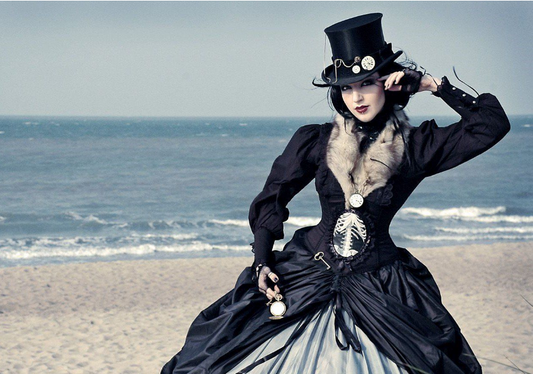
Steampunk Style
Steampunk Style by Morgan Watkins What do you get when you combine various cultures and subcultures like gothics, sci-fi fans, cyberpunks and more? The answer is steampunk, which is defined...
Steampunk Style
Steampunk Style by Morgan Watkins What do you get when you combine various cultures and subcultures like gothics, sci-fi fans, cyberpunks and more? The answer is steampunk, which is defined...
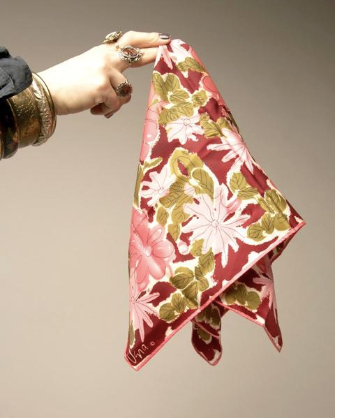
Pioneering the Scarf Industry
Pioneering the Scarf Industry By Paige McKirahan Seeing as how we have already learned the history behind the magnificent accessory, we begun to wonder about the designers who paved the...
Pioneering the Scarf Industry
Pioneering the Scarf Industry By Paige McKirahan Seeing as how we have already learned the history behind the magnificent accessory, we begun to wonder about the designers who paved the...
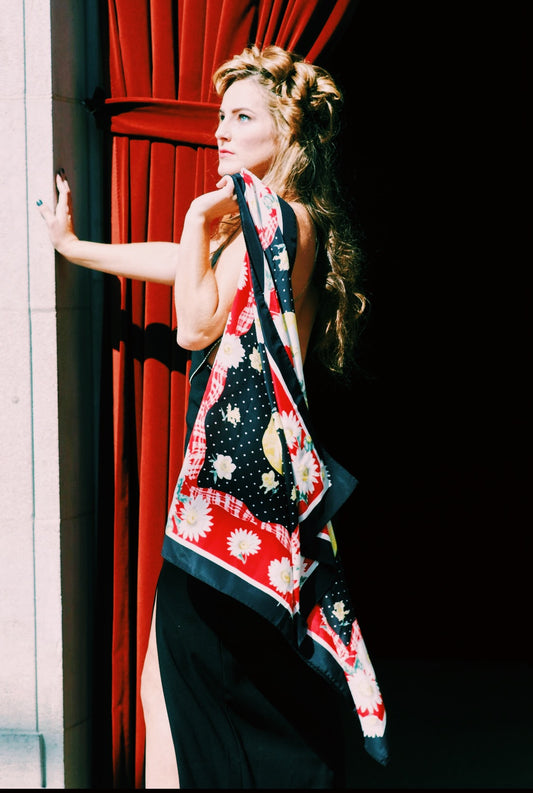
Fashion Flashback: Scarves & Foulards
Fashion Flashback: Scarves & Foulards by Morgan Watkins With fall kicking up crunchy orange leaves followed by the wafting aroma of all things pumpkin spice, it is due time...
Fashion Flashback: Scarves & Foulards
Fashion Flashback: Scarves & Foulards by Morgan Watkins With fall kicking up crunchy orange leaves followed by the wafting aroma of all things pumpkin spice, it is due time...
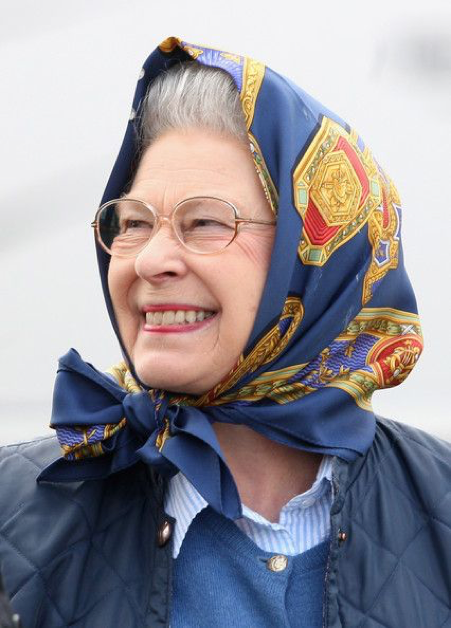
Scarves Throughout Time
Scarves Throughout Time By Paige McKirahan Calling all scarf lovers! Have you ever wondered how this beloved trend came into circulation? Well, wonder no more! With origins tracing their...
Scarves Throughout Time
Scarves Throughout Time By Paige McKirahan Calling all scarf lovers! Have you ever wondered how this beloved trend came into circulation? Well, wonder no more! With origins tracing their...
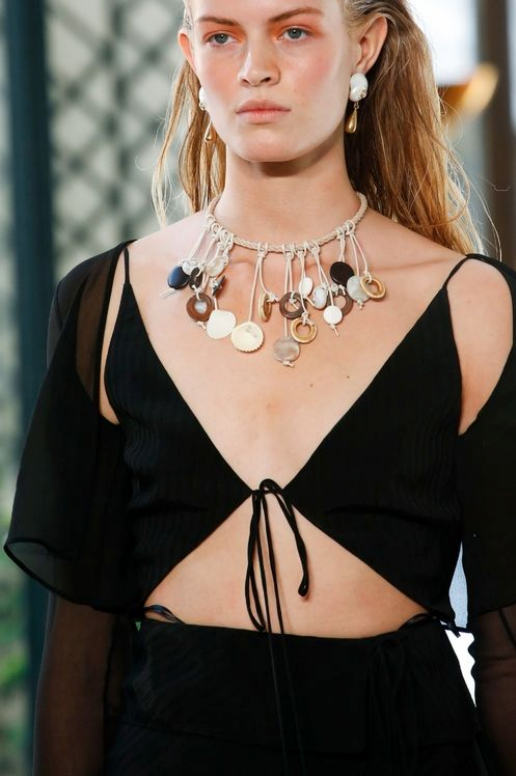
Accessory Trends at Paris Fashion Week SS19
Accessory Trends at Paris Fashion Week SS19 written by Morgan Watkins Paris Fashion Week sent the Spring/Summer 2019 circuit out with an exhilaratingbang, bringing forth incredible runway sets, inspired new designs,...
Accessory Trends at Paris Fashion Week SS19
Accessory Trends at Paris Fashion Week SS19 written by Morgan Watkins Paris Fashion Week sent the Spring/Summer 2019 circuit out with an exhilaratingbang, bringing forth incredible runway sets, inspired new designs,...
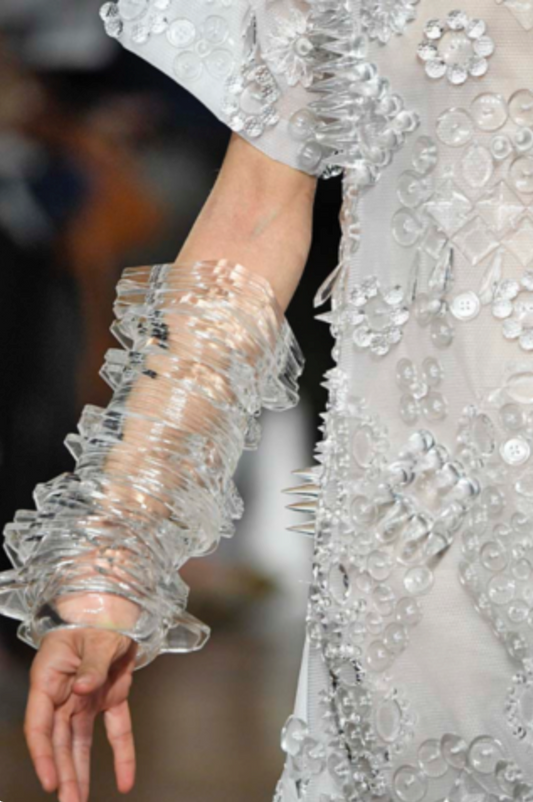
Paris Fashion Week SS’19 Accessories Trend Spot...
Paris Fashion Week SS’19 Accessories Trend Spotlight By Paige McKirahan Hello, fashion week aficionados! As a month of fabulous spring and summer fashion is finally coming to a close,...
Paris Fashion Week SS’19 Accessories Trend Spot...
Paris Fashion Week SS’19 Accessories Trend Spotlight By Paige McKirahan Hello, fashion week aficionados! As a month of fabulous spring and summer fashion is finally coming to a close,...